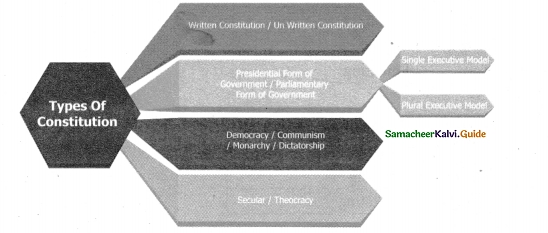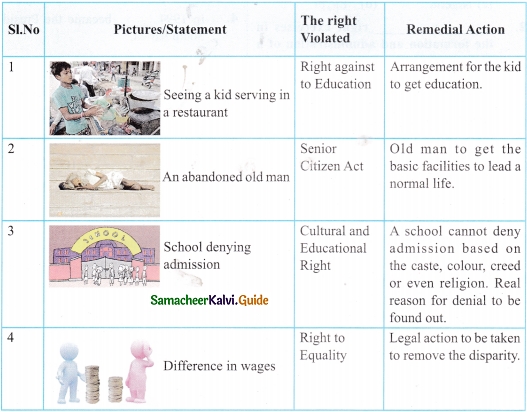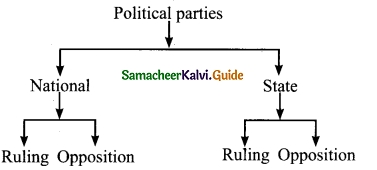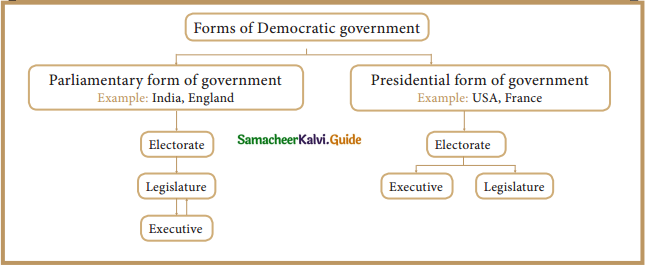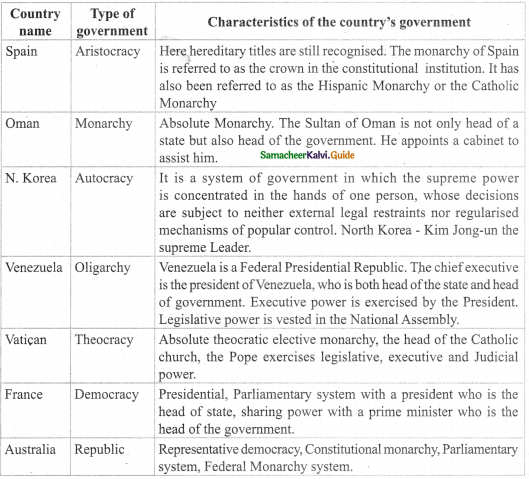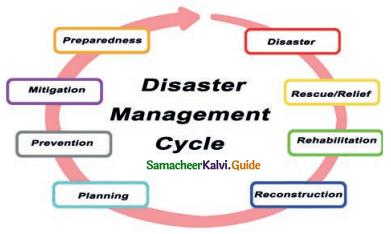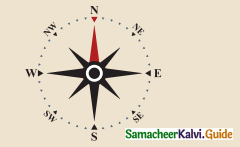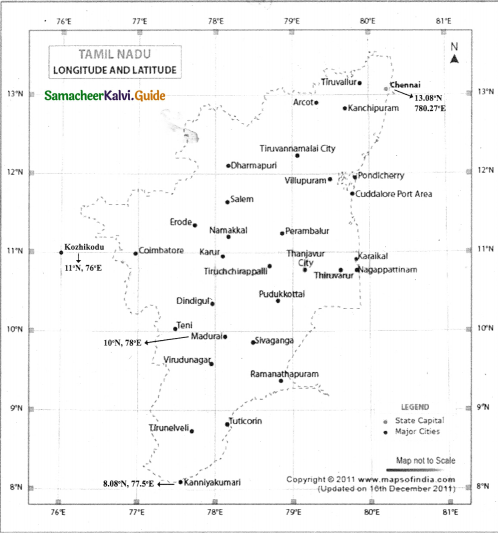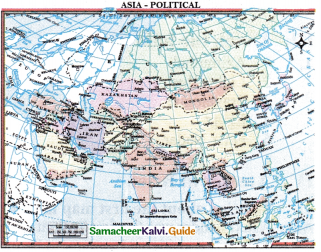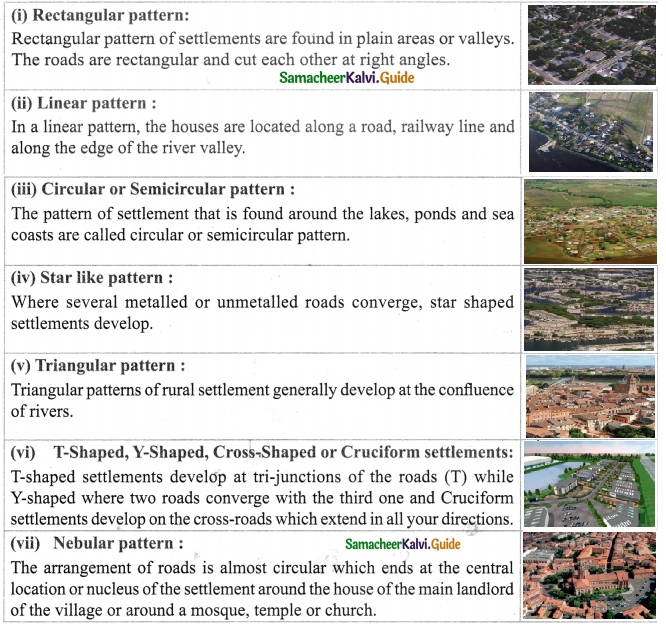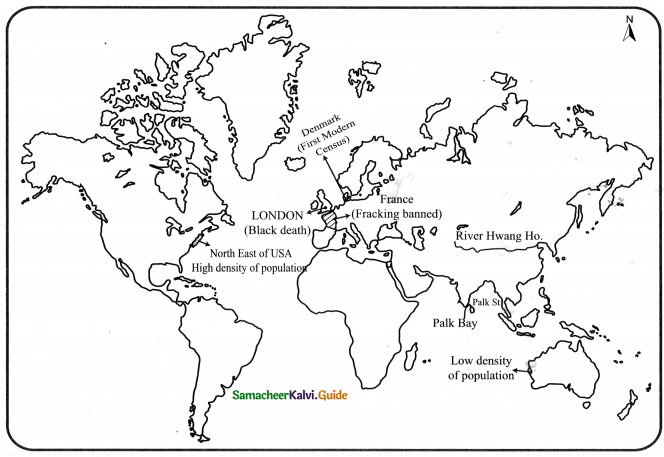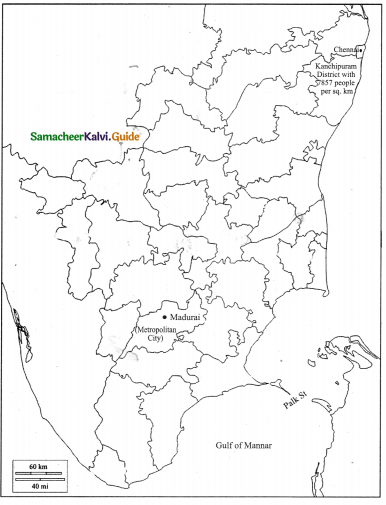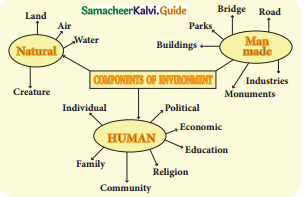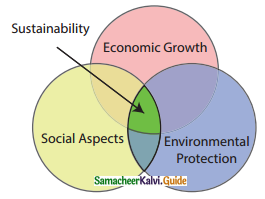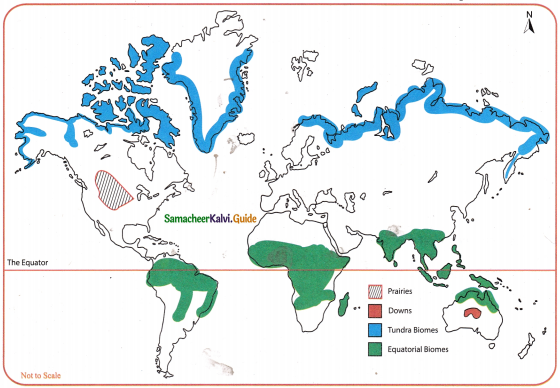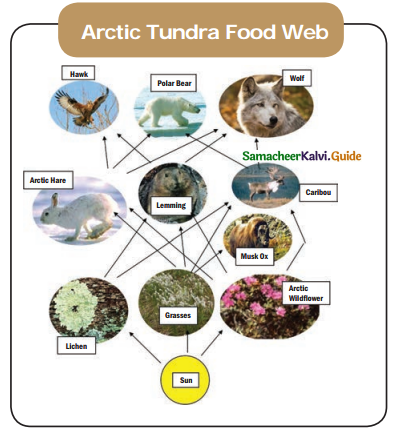Tamilnadu State Board New Syllabus Samacheer Kalvi 9th Social Science Guide Pdf Civics Chapter 6 Road Safety Text Book Back Questions and Answers, Important Questions, Notes.
Tamilnadu Samacheer Kalvi 9th Social Science Solutions Civics Chapter 6 Road Safety
Samacheer Kalvi 9th Social Science Road Safety Text Book Back Questions and Answers
I. Answer the following.
Question 1.
What are the benefits of wearing a helmet while driving?
Answer:
First of all, wearing a helmet helps to reduce traffic accidents. People will pay enough attention while they are driving their motors if they wear helmets. More over it helps us in protecting our eyes from the dust or terrible lights from other vehicles because we don’t need to use our hands or fingers to clean it while we are controlling our vehicles.
![]()
Question 2.
List out the factors of road accidents.
Answer:
Different factors to road accidents
- Drivers
- Pedestrians
- Passengers
- Vehicles
- Road conditions
- Weather conditions
Question 3.
Which colour in the signal means ‘stop?
Answer:
Red colour in the signal means ‘stop’
![]()
Question 4.
List out any three road safety rules:
Answer:
- Know your signals
- Stop, look and cross
- Don’t run on roads
II. Answer in detail.
Question 1.
Explain the factors involved in road accidents.
Answer:
The different factors that contribute to road accident are,
- Drivers: Over speeding, rash driving, violation of rules, failure to understand signs, fatigue, alcohol.
- Pedestrians: Carelessness, illiteracy, crossing at wrong places, jaywalkers.
- Passengers: Projecting their body parts outside vehicles, talking to drivers, alighting and boarding vehicles from the wrong side, traveling on foot boards, catching a running bus, etc.,
- Vehicles : Failure of brakes or steering, tire burst, insufficient headlights, overloading.
- Road Condition: Potholes, damaged roads, eroded roads merging of rural roads with highways, and illegal speed breakers.
- Weather conditions: Fog, snow, heavy rainfall, wind storms, hail storms.
![]()
Question 2.
Explain in detail: The road safety rules.
Answer:
It is important for children to know about road safety rules and regulations. Here are a few basic
- Know Your Signals
- Stop, Look and Cross
- Pay Attention – Listen
- Don’t Run on Roads
- Always Use Sidewalks
- Never Stick Hands outside the Vehicle
- Never cross Road at Bends
- Don’t Rush.
Samacheer Kalvi 9th Social Science Road Safety Additional Important Questions and Answers
I. Answer in a word
- This is required by law to drive _____________
- A life saving _____________
- They are ehere to key system safe _____________
- A large vechicle to take precaution _____________ around
- How the driver indicate which _____________ way they are turning
- Something you should avoid while driving
- Watch for there to even the road _____________
- You apply this to stop your vechicle _____________
- A pace by which you must abide by _____________
- This indicates of how quickly you are travelling _____________
- People, the driver is responsible for _____________
- The part of your vehicle that meet the road _____________
- An area where traffic fines double _____________
- You should turn these on for safety _____________
- A digital aid in navigating _____________
Answer:
- licence
- seat belt
- Police
- wide load
- Blinker
- Distractions
- Pedestrian
- Break
- speed limit
- speedo meter
- Passengers
- Tyre
- work zone
- Lights
- GPS
II. Answer the following in brief.
Question 1.
Mention the direct consequences of accidents?
Answer:
The direct consequences of Accidents are:
- Fatality (Death)
- Injury
- Damage to Property
![]()
Question 2.
What are the preventive measures for accidents?
Answer:
Preventive measures for accidents are,
- Education and awareness about road safety.
- Strict enforcement of law
- Engineering:
- Vehicle design
- Road infrastructure.
Question 3.
Mention the major reasons for road accidents.
Answer:
The major reasons for road accident are
- Negligence in driving
- Drunk and drive
- Overlooking the other vehicles
- High speed
- Improper driving training and
- Non-stop long driving
